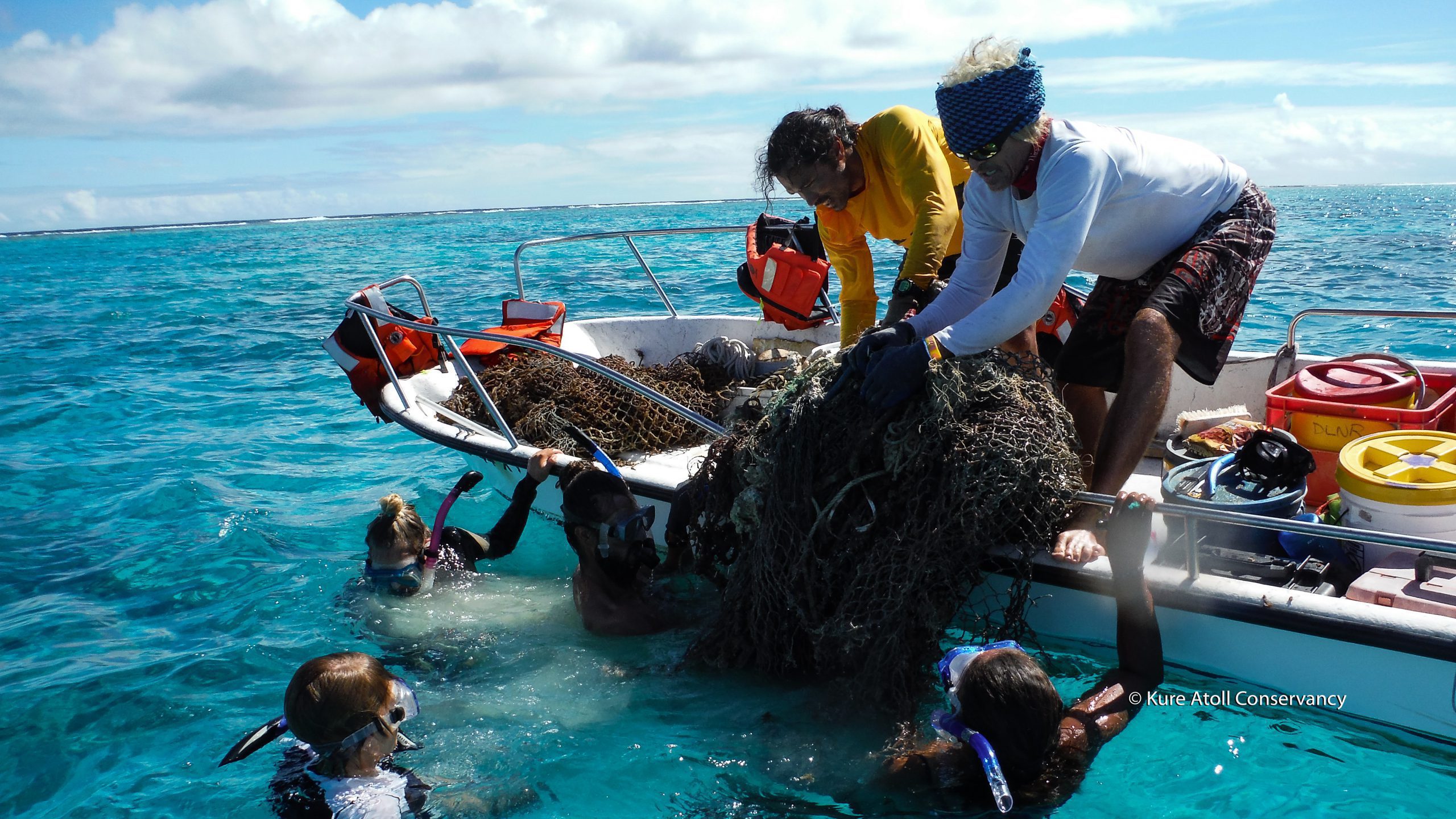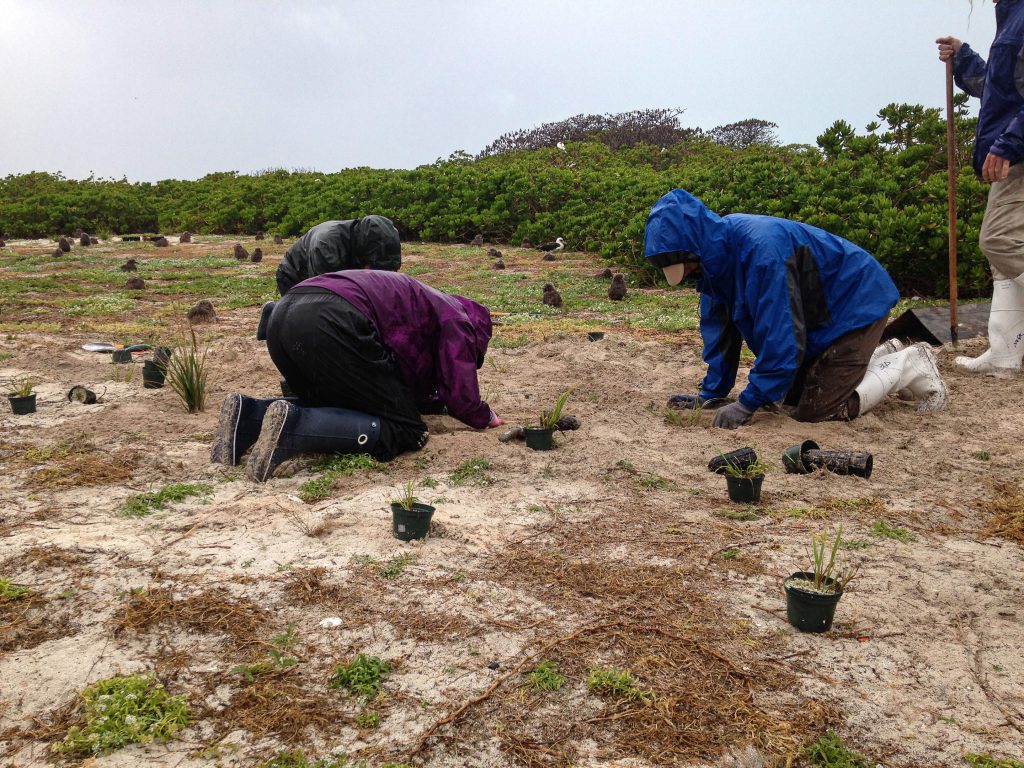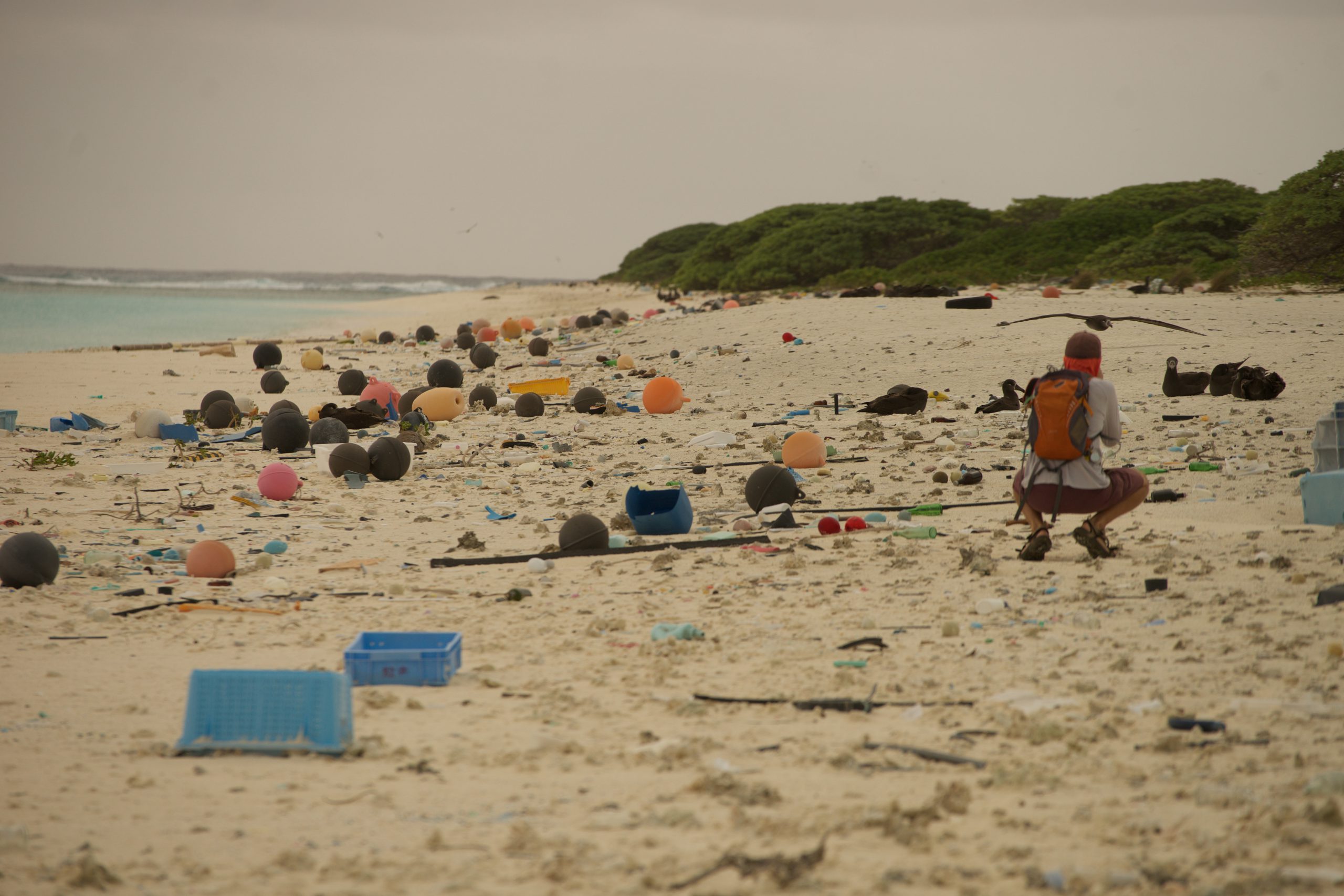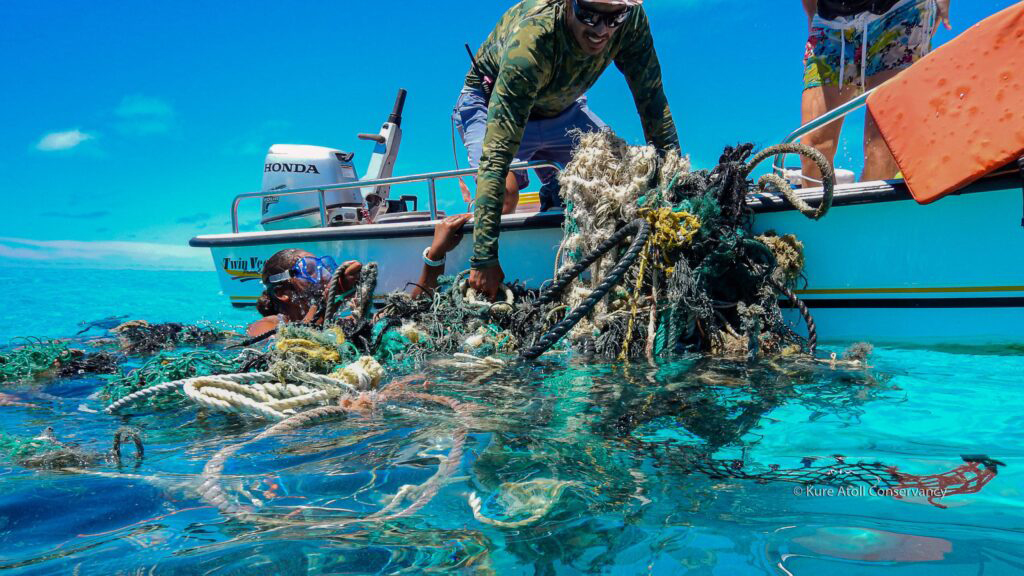General Information
Green Island, the atoll’s only permanent island, is the state of Hawai‘i’s most significant seabird sanctuary with 18 seabird species totaling over 100,000 nesting birds. The role of Kure Atoll Conservancy (KAC) is to provide critical funding that supports all aspects of the State of Hawaiiʻs Kure Atoll Wildlife Sanctuary research field station operations, logistics, and personnel.



